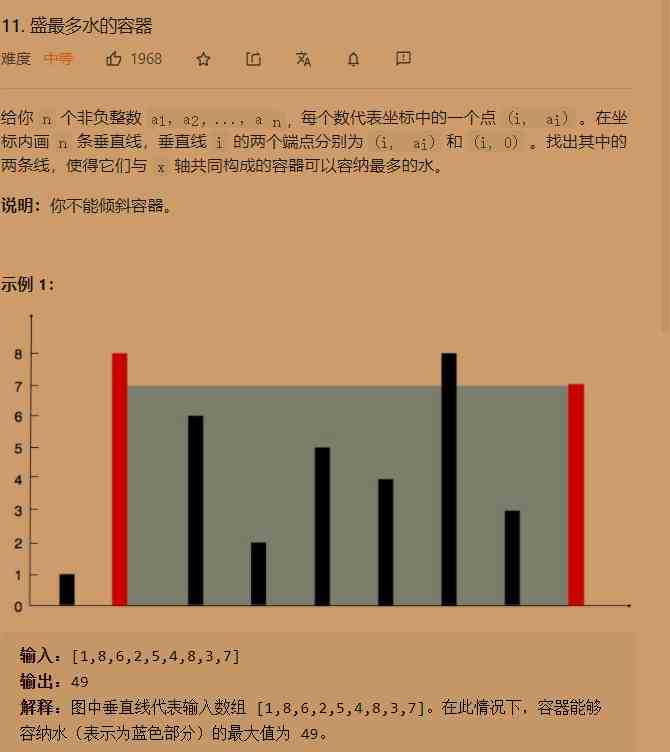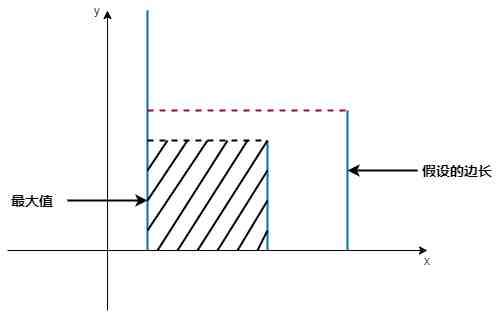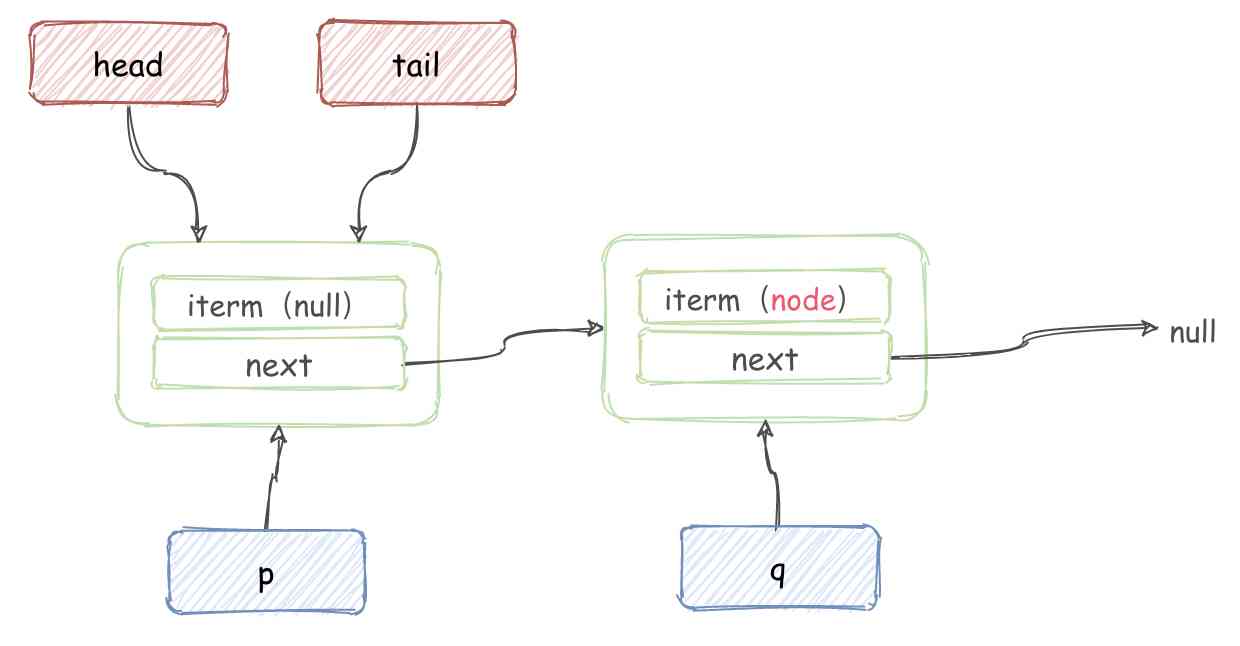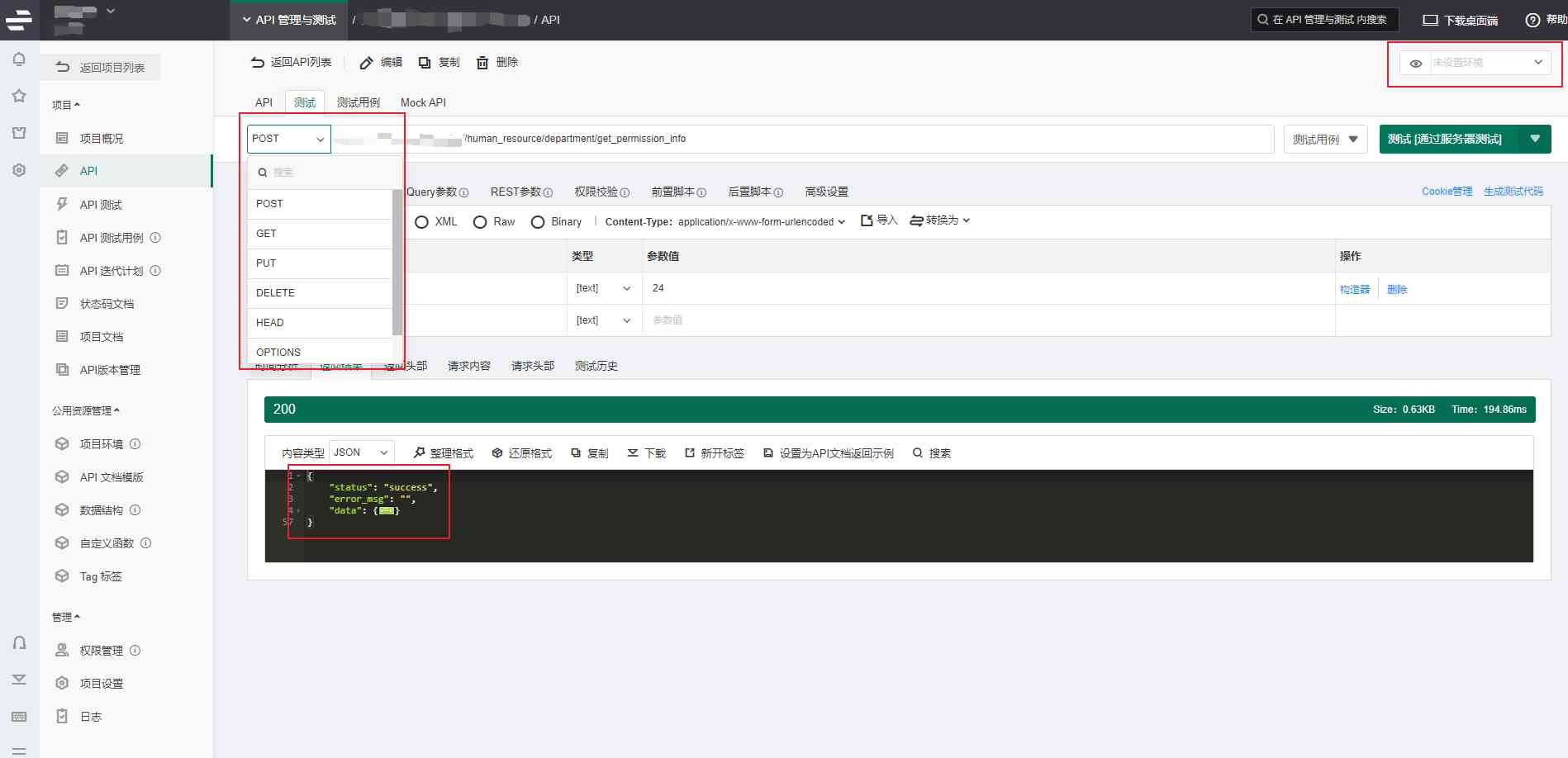
Answer key
This is a classic question , Is it difficult? ?, It's easy to think of it .
The exact solution to the problem is Double pointer + greedy The strategy of , Put a pointer at the beginning and the end , Each time the pointer points to a smaller number and moves inward , Record in the process of moving Max that will do .
Why can we guarantee the optimal solution ?
The correctness of the algorithm is verified by diagram :

Here we use the method of proof to the contrary , Let's first show the maximum area of the area , And then we assume a side length , if L( Right ) > L( Left ), Then the maximum area must be greater than the maximum area we have shown , But it's obviously not true , So we have to satisfy L( Right ) < L( Left ), At this point, the right pointer will move to the left to find a higher height than before .
The time complexity of the algorithm can be controlled in $O(n)$ within .
class Solution { typedef long long LL; public: int maxArea(vector<int>& height) { // Double pointer algorithm int l = 0, r = height.size() - 1; LL maxx = 0; while (l < r) { maxx = max(maxx, (LL) (r - l) * min(height[l], height[r])); // recorded int height1 = height[l]; int height2 = height[r]; if (height1 < height2) { ++l; while (l < r && height1 >= height[l]) ++l; } else { --r; while (l < r && height2 >= height[r]) --r; } } return maxx; } };




![[cloud service] there are so many ECS instances on alicloud server, how to select the type? Best practice note](/img/fe/1d868fd0087758416a6f1de6016587.jpg)

